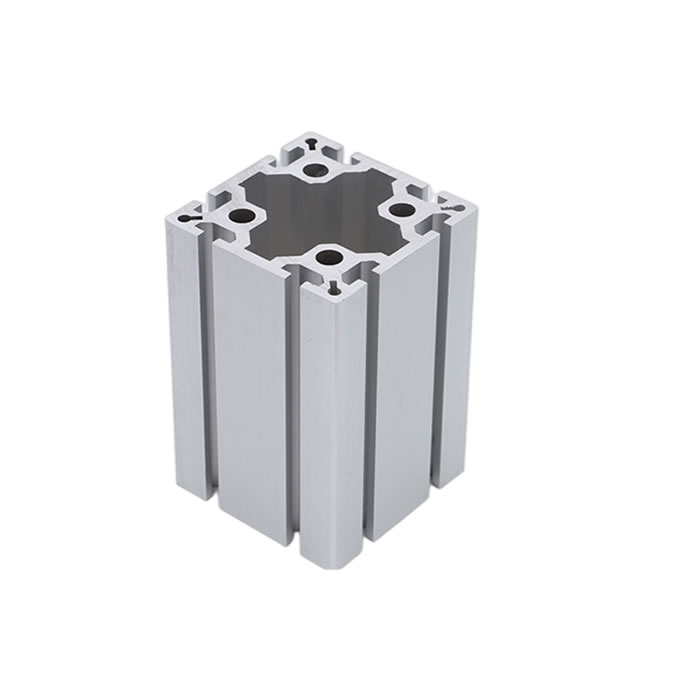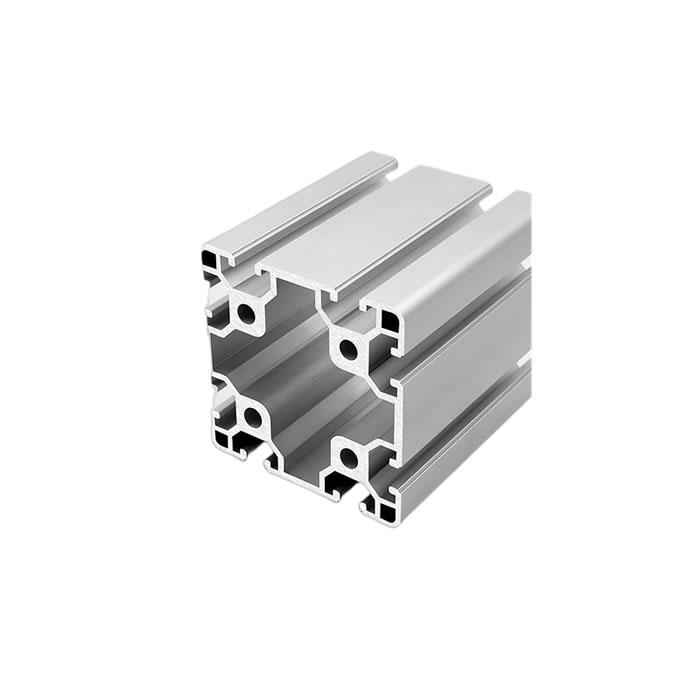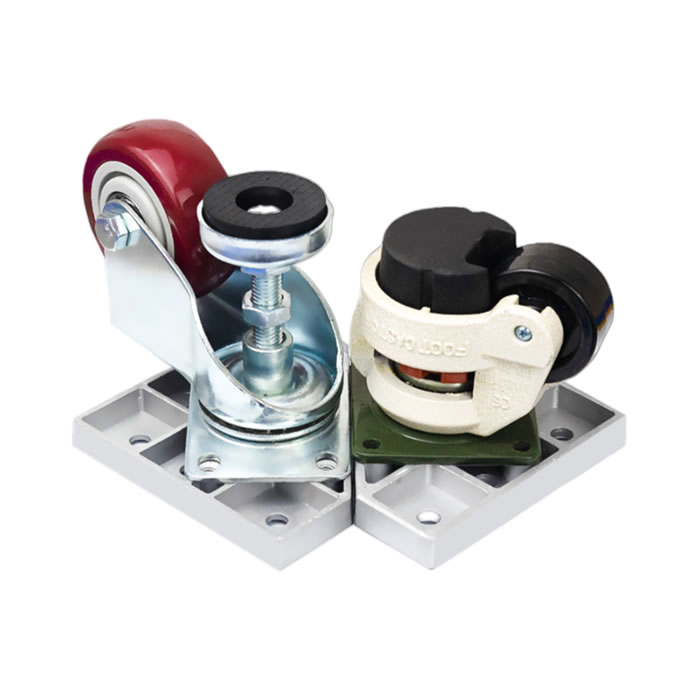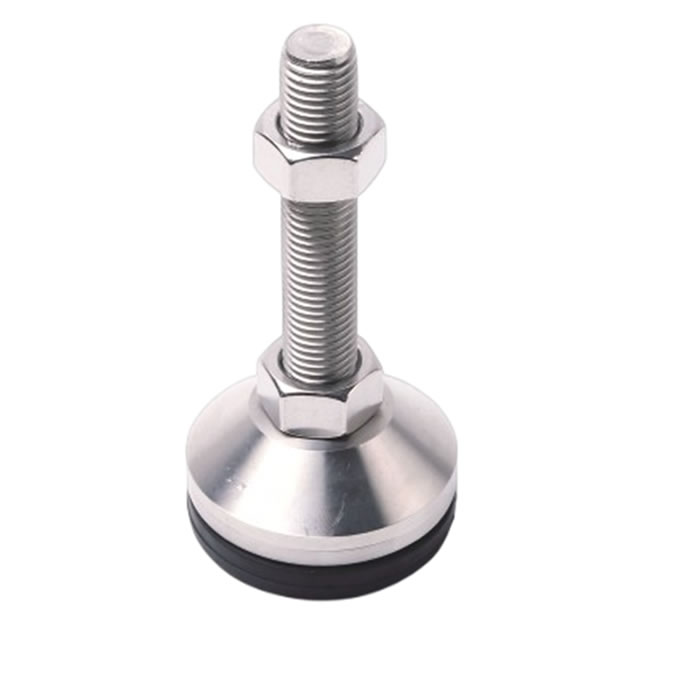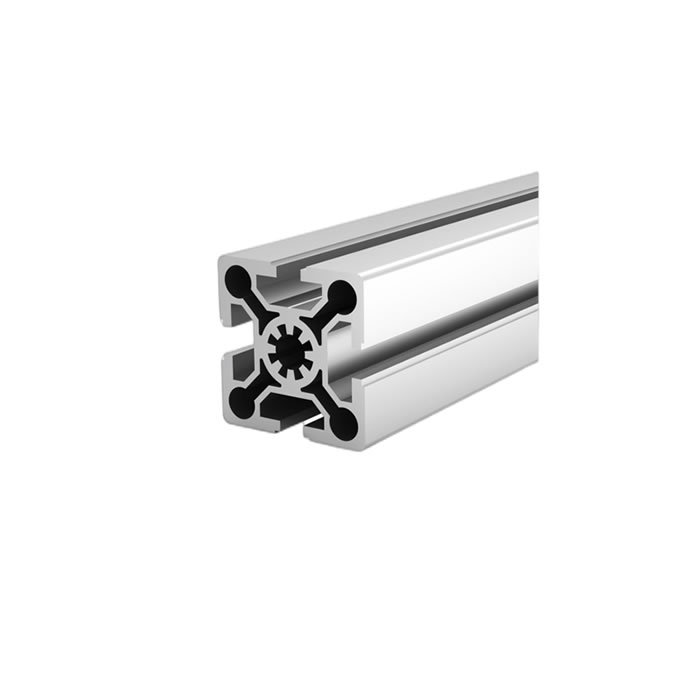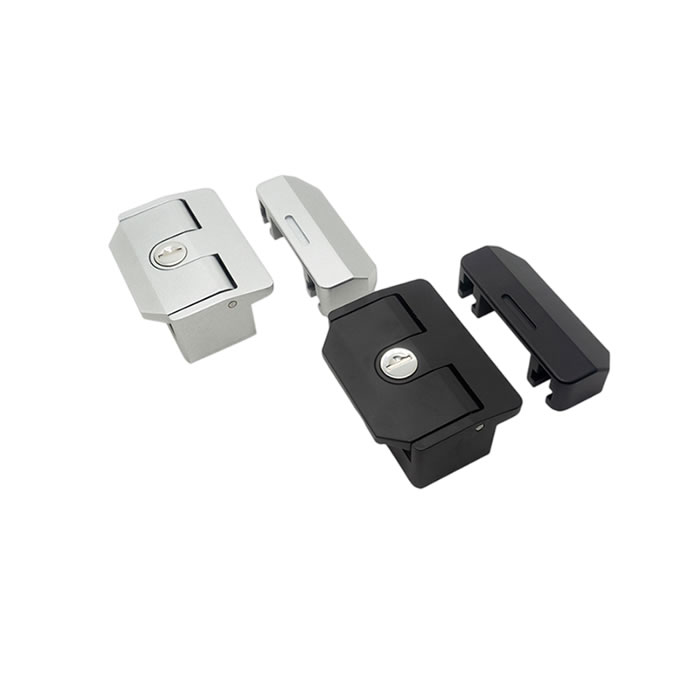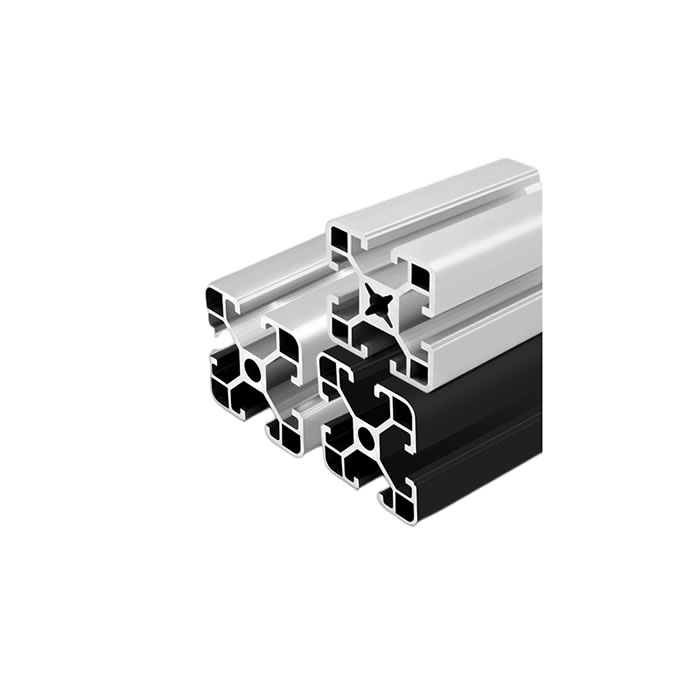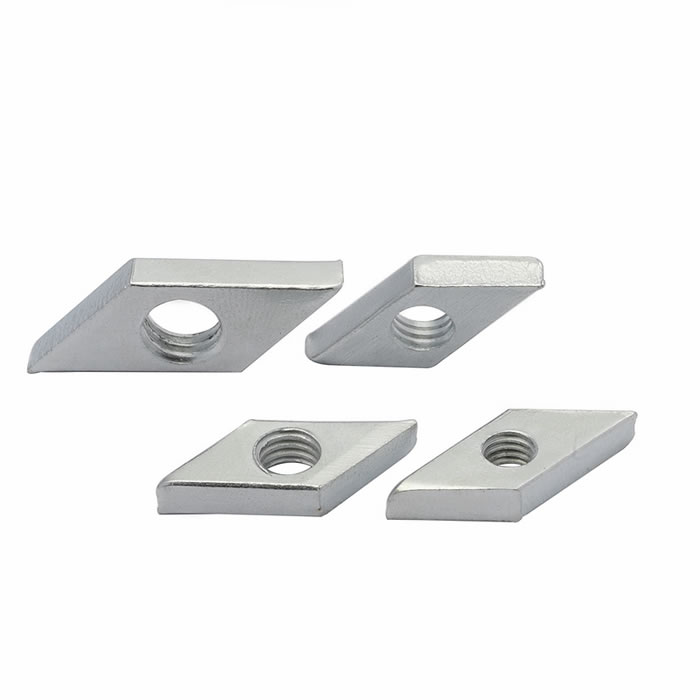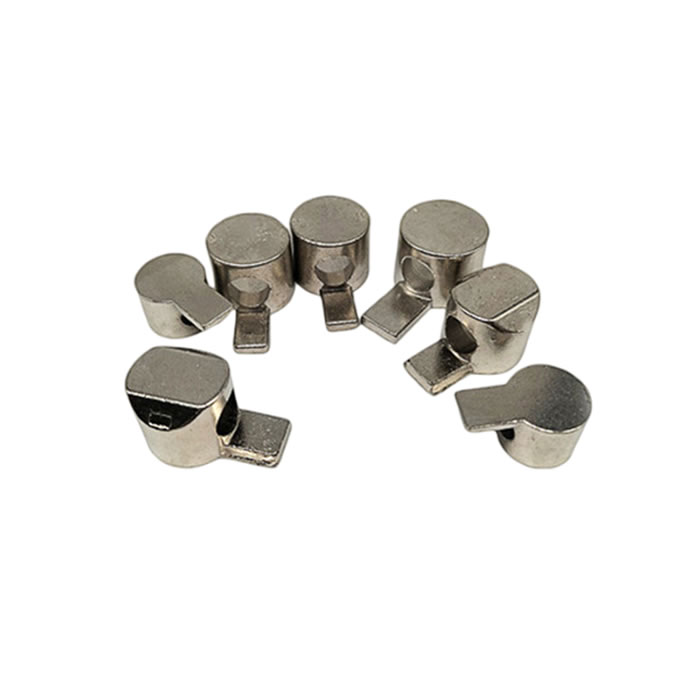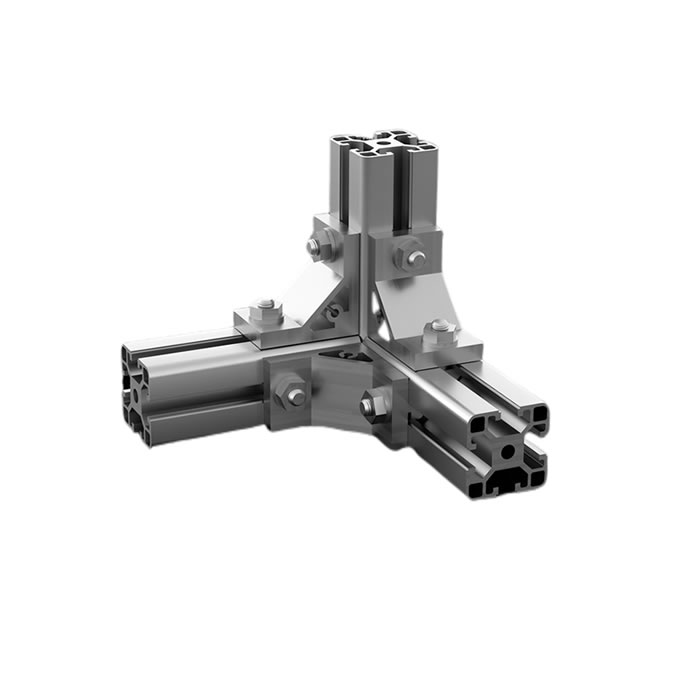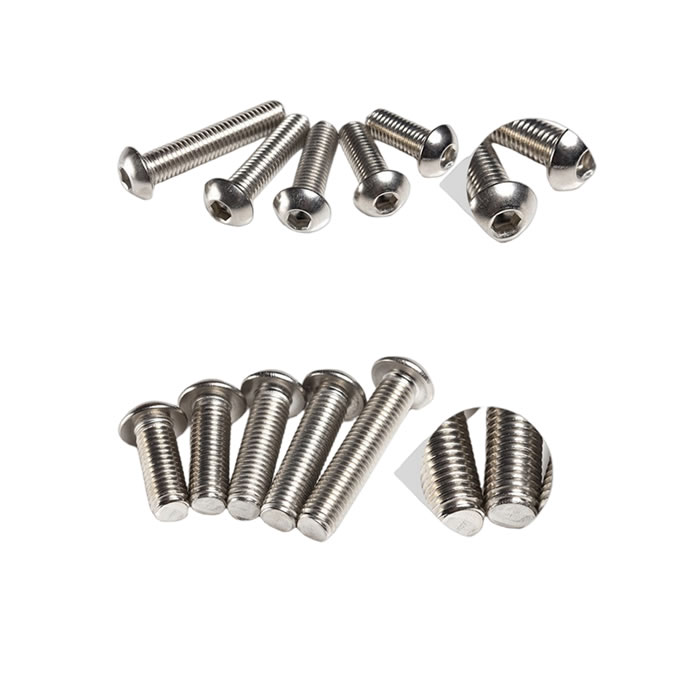Key Points and Considerations in Aluminum Alloy Processing
Aluminum is one of the most common metals in modern life,
and Aluminum alloy is one of the most widely used non-ferrous metal structural materials in industrial applications.
With the promotion of low-carbon economy, the demand for aluminum alloy continues to increase,
and the development of aluminum processing technology provides a broader space for its application
in high-end fields such as new energy vehicles, high-speed rail, ships, and aviation.
When processing aluminum alloy, we need to pay attention to the following points:
1.Follow the dimensions on the drawings: Each material has specific dimensional requirements.
Therefore, during the processing process, we need to carefully examine the design drawings and perform cutting,
bending, or other treatments according to the dimensions provided on the drawings.
2.Control the errors: Whether it is manual operation or mechanical processing, there will be certain errors.
We must strive to control the range of errors to ensure that the processed products do not exceed the required specifications. Otherwise, rework will be necessary.
3.Proper Tool selection: When processing aluminum alloy, try to use dedicated tools.
For example, milling cutters specifically designed for aluminum have larger rake angles and helix angles,
sharper cutting edges, which are more conducive to the processing of aluminum parts, and can also ensure better surface quality after processing.
4.Pay attention to personal safety: Personal and product safety must be emphasized during the processing of Aluminum Profiles
because the machines used in profile processing require some machine operations.
If not operated with full concentration, it is easy to cut hands and cause personal injury.
In addition to the above, it is also necessary to pay attention to setting reasonable processing parameters,
maintaining good tool conditions, controlling processing speed and cutting lubrication appropriately, etc.
Carelessness can easily lead to mistakes in size, incorrect thread tapping positions, and the production of waste profiles.
By following these precautions, we can achieve higher quality results in Aluminum alloy processing.
In summary, with the continuous maturity of the aluminum alloy market and the expansion of application areas,
it is necessary to ensure that operations are carried out according to design requirements,
control the range of errors, and choose suitable tools when processing aluminum alloy.
This will improve the efficiency and quality of aluminum alloy processing.

